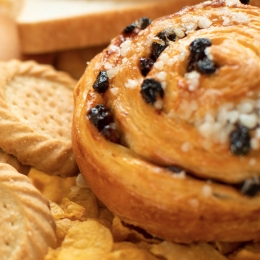What makes you eat more?
Researchers are scrambling to figure out why ultra-processed foods may lead to weight gain. In the meantime, here are 5 factors that consistently lead people to overeat.
1. Calorie density
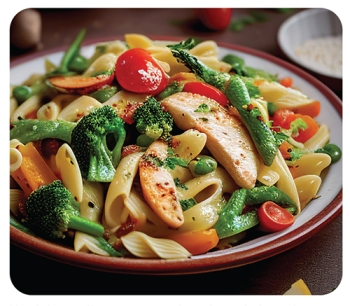
“Calorie density is the number of calories in each bite that you eat,” says Barbara Rolls, professor of nutritional sciences at Penn State University.
In the 2019 study showing that people gain weight on ultra-processed foods, those foods had roughly twice the calorie density of the unprocessed foods.
“If you increase calorie density by 30 percent, you’re likely to eat about 30 percent more food,” says Rolls.
What makes foods more—or less—calorie dense?
“Water is the main player,” explains Rolls. “Water-rich foods are lower in calorie density than dry foods. That boils down to substituting fruits and vegetables for other foods.”
Fat also matters, says Rolls. “It has twice as many calories in each bite as carbohydrate or protein.” But you needn’t avoid all fat.
“Use it judiciously,” she suggests, “because it carries a lot of flavor.”
2. Serving size
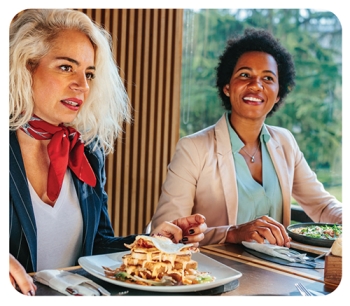
In study after study, the bigger the serving size, the more people eat.
One example: “When we increased the serving size of foods we offered to people by 50 percent, they ate roughly 425 more calories—about 20 percent more—per day,” says Rolls.
“And that was sustained for 11 days, leading to a total of 4,635 more calories.”
When it comes to restaurants, a 50 percent boost in serving size ain’t much. Since its opening in 1955, the largest-size McDonald’s french fries have gone from 2.4 to 5.9 oz., the largest burger (meat only) from 1.6 to 8 oz., and the largest soda from 7 to 30 oz. (That’s down from the “Supersize” era, when the largest fries hit 7.1 oz. and sodas reached 42 oz.)
A typical sit-down restaurant entrée plus sides has 1,300 calories.
What may help: “When we offered people a doggy bag at the start of a meal, larger servings didn’t lead them to eat more food,” says Rolls.
3. Variety
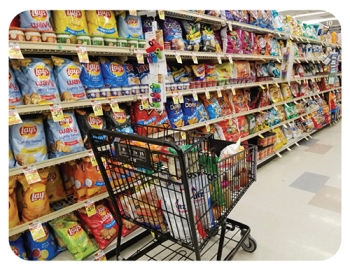
“As you eat a food, your liking for it declines compared to other foods,” explains Rolls. “It’s called sensory-specific satiety. That’s why you always have room for dessert.”
At a buffet? Ordering an appetizer? The more items served at one meal, the more you’re likely to eat.
It’s not just foods or flavors. “When we offered pasta in three different shapes, people ate more,” says Rolls.
We’re programmed to seek variety. As humans evolved, “eating a variety of foods ensured that you’d get a variety of nutrients,” notes Rolls. “But now much of our variety is coming from different flavors and textures.”
So we may satisfy our need for variety by grazing on 48 flavors of Lay’s potato chips, 14 different Doritos, 16 Cheetos, 7 Fritos, and 17 Tostitos when we should be eating, say, 10 different fruits, vegetables, beans, etc.
But you can harness that need for variety, says Rolls. “Keep a variety of fruits and vegetables around, so when you get the munchies, you can please your palate without excess calories.”
4. Liquid calories
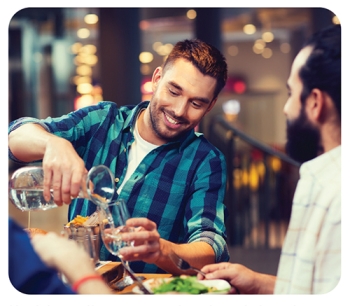
Soda, orange juice, lemonade, milk. It doesn’t matter what you drink with a meal. You’ll likely consume more calories than if you drink water or another calorie-free beverage.
“People don’t compensate for the calories in a beverage by eating less food,” says Rolls.
In contrast, we do compensate for the same food when it’s in a solid form.
When people ate apple slices 15 minutes before lunch, they ate fewer calories at lunch than after a “pre-load” of puréed apple or apple juice, even if researchers added fiber to the juice.
“Starting a meal with fruit or salad can cut back on what you eat next,” says Rolls. “The chewing and stomach distention and the intact fiber slow stomach emptying and help you feel full.”
But a salad starter only helps if its calorie density is low—that is, if it’s mostly vegetables. Weigh it down with cheese, bacon, croutons, or full-fat dressing, and your meal ends up with more—not fewer—calories.
Starting a meal with soup can also trim your calorie tab, even though soup is a liquid. Of course, a calorie-dense creamy or cheese-laden soup will likely drive up your total calorie takeaway.
5. Texture
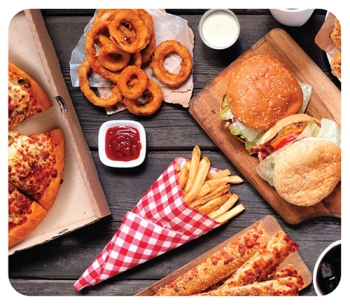
Burgers, fries, pizza, pasta, burritos, sandwiches, mac ‘n cheese, ramen noodles, pancakes, doughnuts, cupcakes, muffins, ice cream.
“A lot of our foods and meals are soft, so they’re easy to eat quickly,” says Rolls.
In several studies, foods with a hard texture led people to consume fewer calories than softer foods, whether the foods were ultra-processed or not.
It’s too early to know if some unique feature of ultra-processed foods may promote weight gain. But it’s already clear what makes many foods easy to overeat.
“Many ultra-processed foods are high in calorie density,” says Rolls. “They’re often soft and easy to eat quickly. They’re tasty and well liked. All of those food properties lead to excess intake.”
Continue reading this article with a NutritionAction subscription
Already a subscriber? Log in
Calorie density of some common foods
You can calculate the calorie density of any food by dividing its calories by its weight (in grams). But calories per serving also matters. Fruits and veggies are low in both.
More on processed foods
What makes you eat more?
Healthy Eating
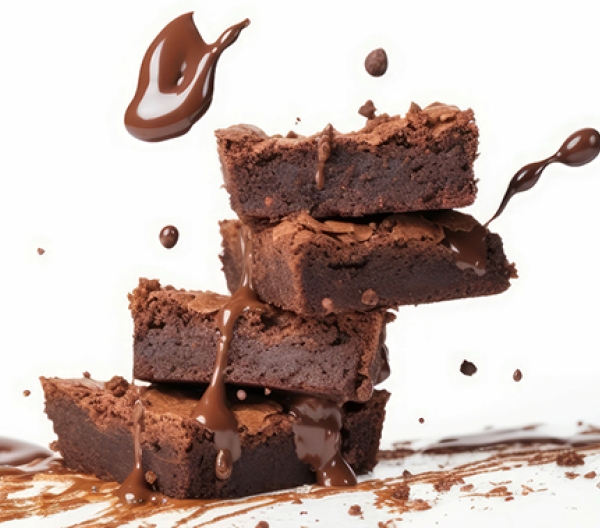
Do ultra-processed foods raise the risk of colorectal cancer?
Preventing Disease

What causes us to consume more calories?
Healthy Eating
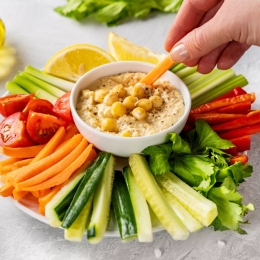
Dollar General: Don’t discount families!
Healthy Retail
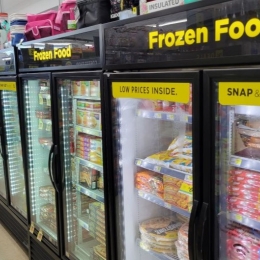
6 things to know about ultra-processed foods
Healthy Eating
